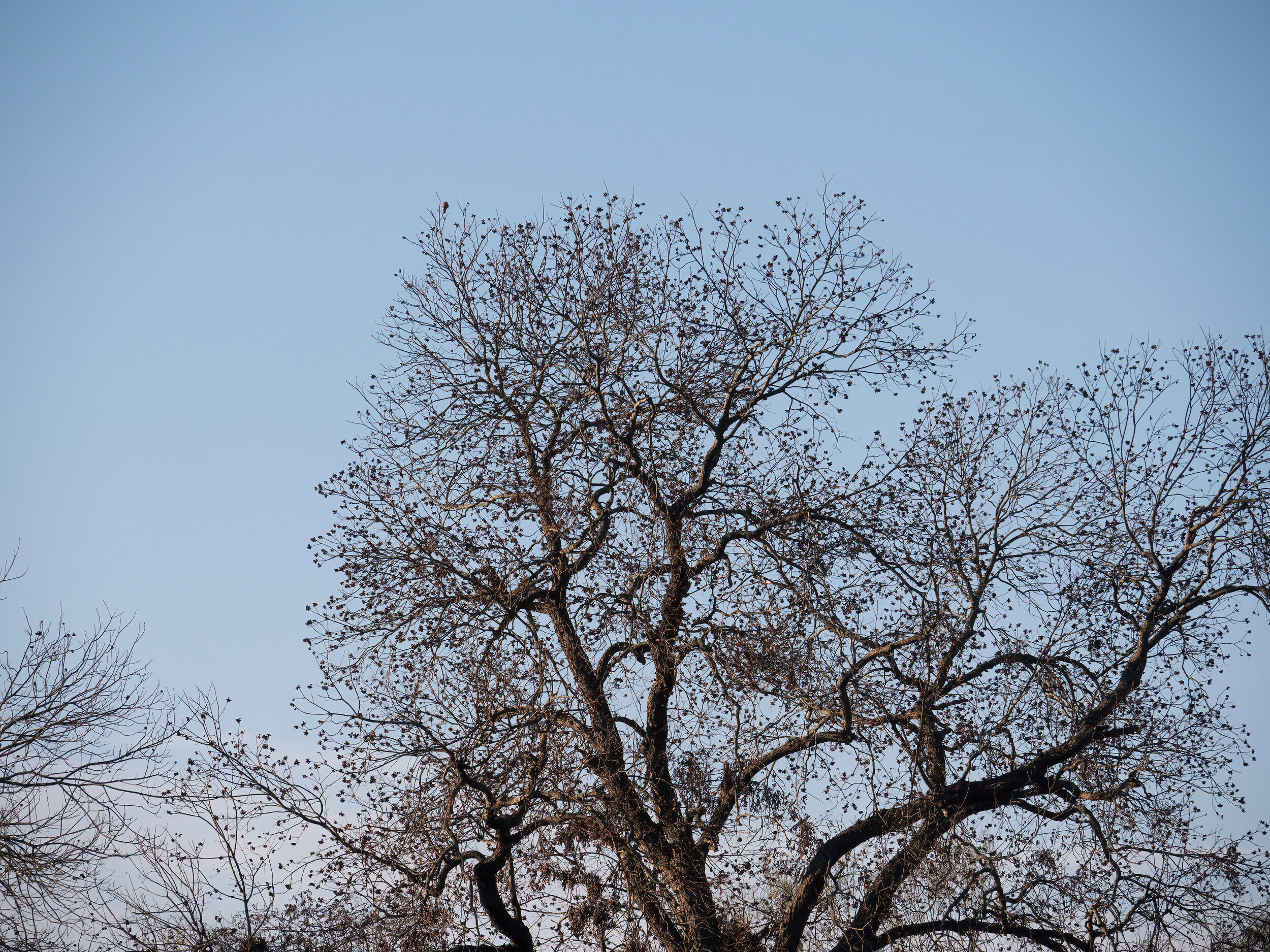American Kestrel : Patterns and Exceptions
There is a bird in this tree. When I first detected it, it hit me I didn’t actually see the bird. I saw the tree - as I’ve seen it over hours and hours - and realized there was a delta; the bird stood out against the structure. Humans excel at pattern and exception recognition. From childhood we hone this skill, asking, “Which one doesn’t belong?” Sadly, we omit questioning, “And why might it have been included?”
Judaism, in its Priestly aspect, is a discipline of phenomenal rigor and structure - of creating patterns. We are warned in the Torah against ritual deviations, against “strange fire.” Ancient Torah scrolls are indistinguishable from today’s because of the painstaking fidelity with which soferim adhere to their art. Erev Shabbat’s psalms and prayers repeat with predictability each week. To the Contrary Son, these seeming ruts could imply a frozen staleness.
Rather say, the constancy of a near-memorized tree and of our liturgy both serve the same purpose. These internalized latticeworks are the pattern against which we are able to see the new and the “out of place.” What the cynic misses is that when we pray, offering love with all our heart, all our spirit, and all our might, the “we” who pray, are ourselves different week to week. It is only against such structure that the new can manifest and be discerned, whether it’s the prayer of who I am in that moment - or a perched American Kestrel.
